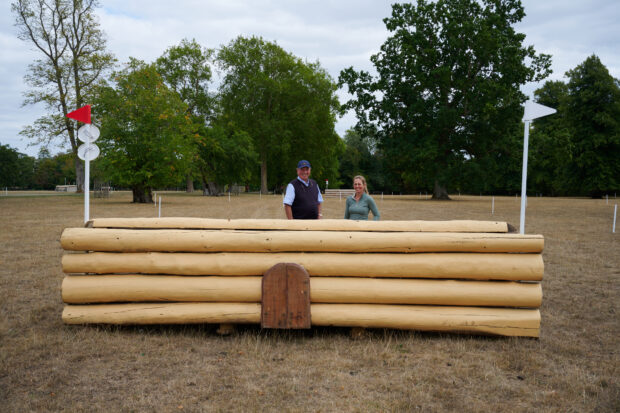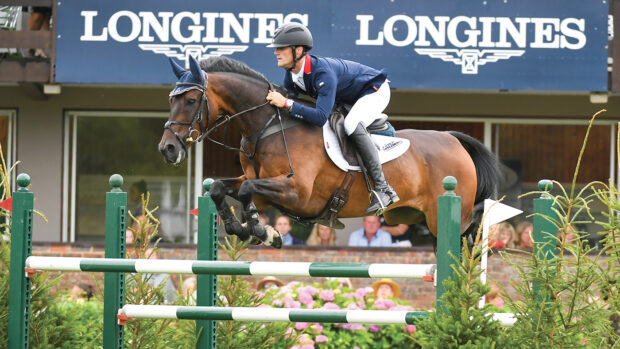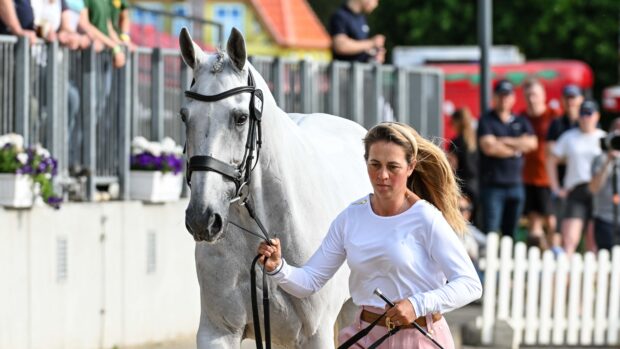The eventer shares her top training secrets with Sue Polley, from planning ahead to jumping off grass as soon as possible
1. Use the scales of training
The scales of training, a concept that originated in Germany and underpins many dressage riders’ approaches to schooling, also forms the basis of Kitty’s approach to training her event horses.
If you think of a pyramid with rhythm at the base, building up to suppleness, contact, impulsion, straightness and, finally, collection, the end result is a fully responsive horse which is prepared to accept its rider’s aids without tension.
“The key is getting the basics of spring, suppleness and contact right,” she says. “I do a lot of leg-yielding and then move on to half-pass work to get the horses supple from top to tail on both sides of their ribcages and springing away from my leg.”
2. Jump on grass
“I’ll usually try to get a course of showjumps out in one of the fields by February,” she says.
“All the horses will do grid and pole work over the winter, but I like to get them jumping courses off grass, rather than a surface, ahead of the season starting so they know what’s expected of them at competitions.”
3. Pay attention to your personal fitness
“If making changes results in even a 1% improvement then it’s worth it,” she says. To this end she works on several different exercises, such as variations of the plank to improve her core strength, plus exercises for her shoulders, which are naturally quite rounded. “I feel stronger in my dressage position as a result and more secure and effective across country, particularly in water,” she says.
Like this? You might also enjoy reading these:
9 things you didn’t know about event rider Kitty King
Look ‘through the keyhole’ at Kitty King’s yard [PICS]
4. Always have a plan
“I always have a plan ahead of getting on any of my horses,” says Kitty. “There’s a goal for each session. Equally, I never go to an event without knowing that I’ve prepared properly. I don’t go to competitions to train, but to give the horse the best experience possible, regardless of the level it’s competing at.”



